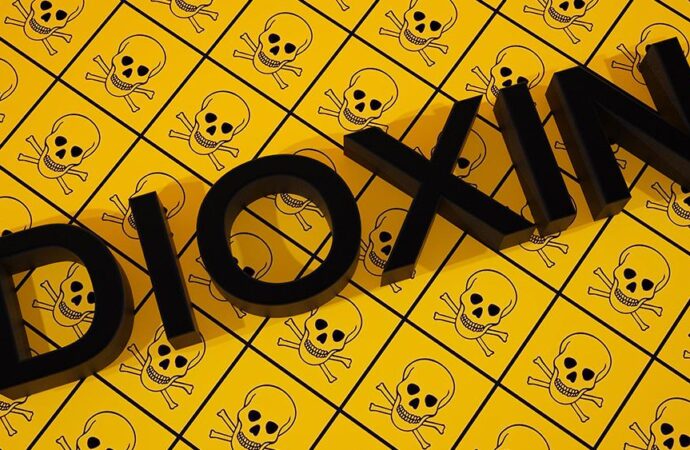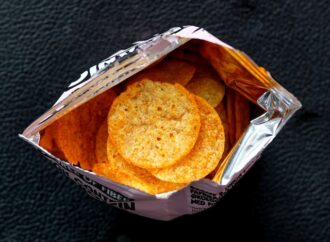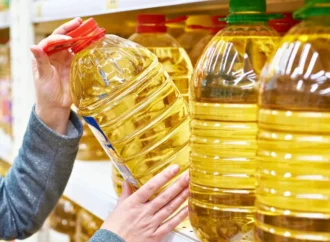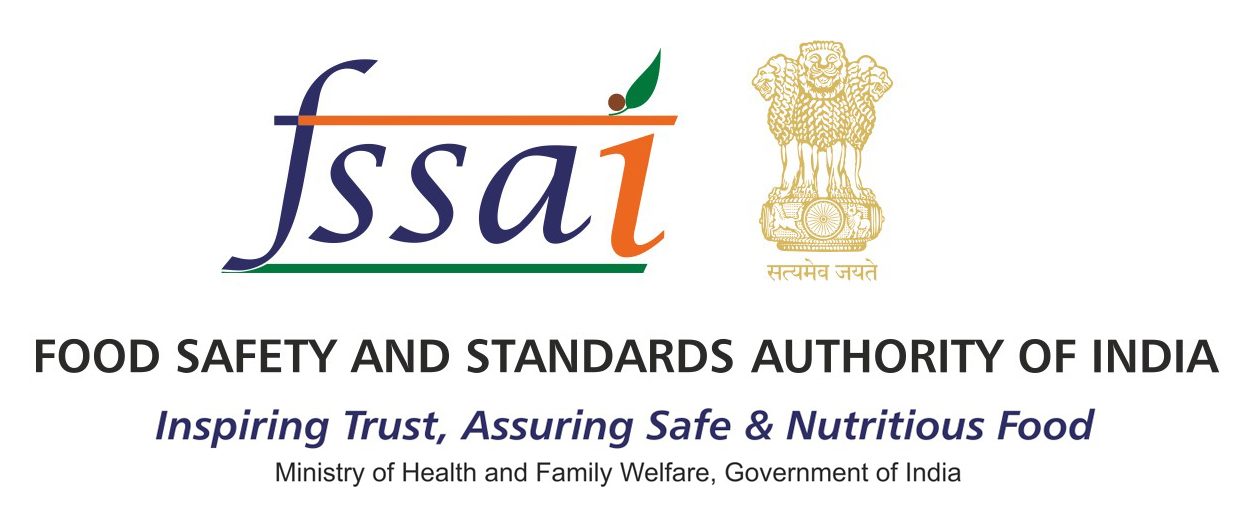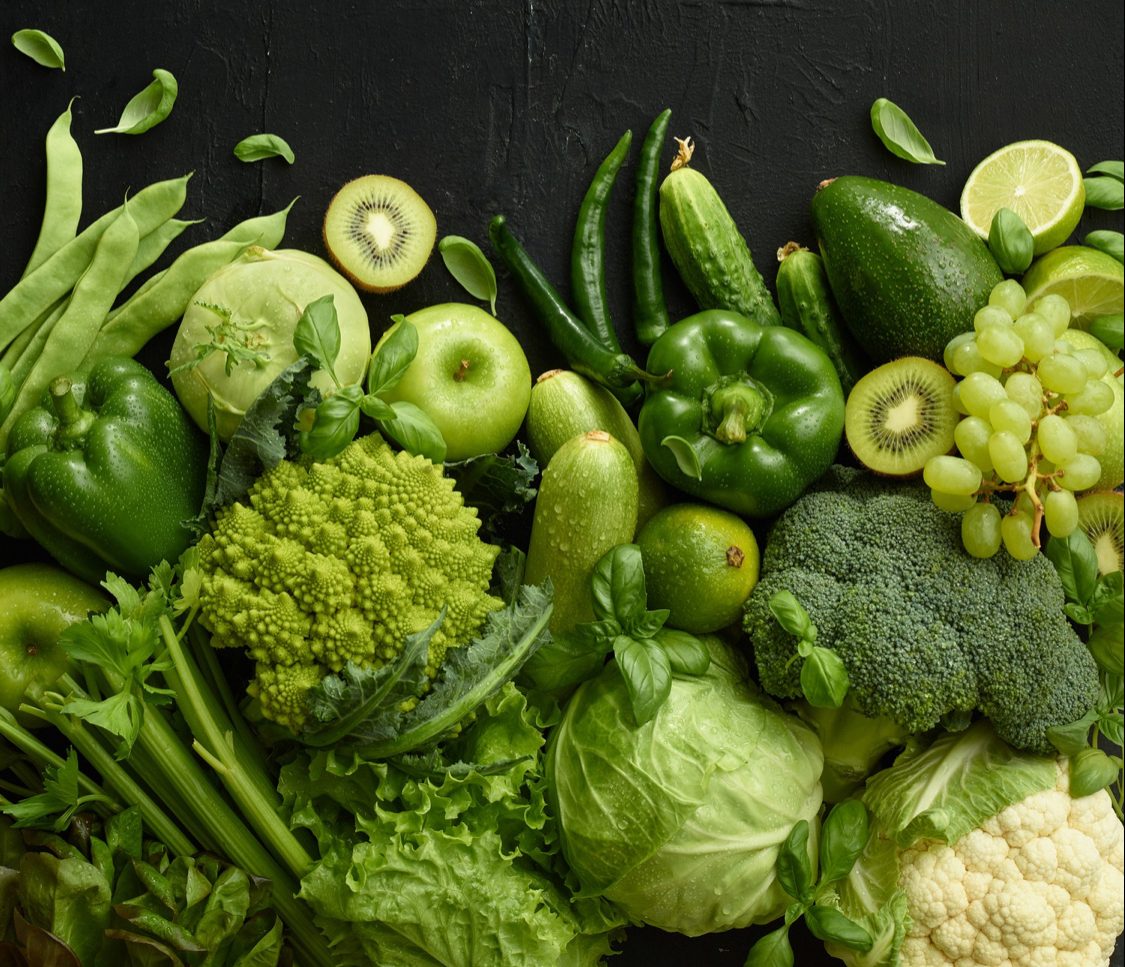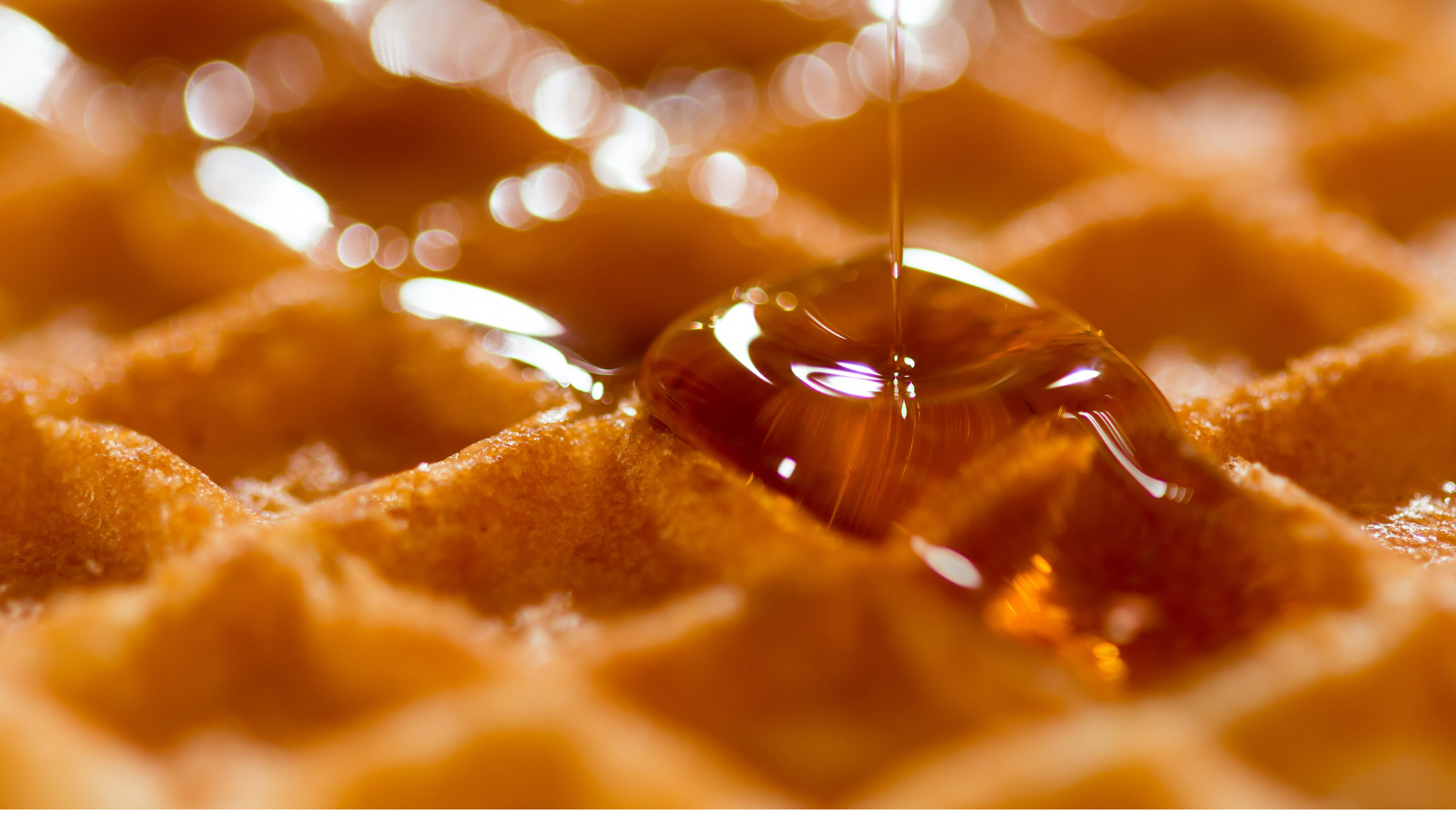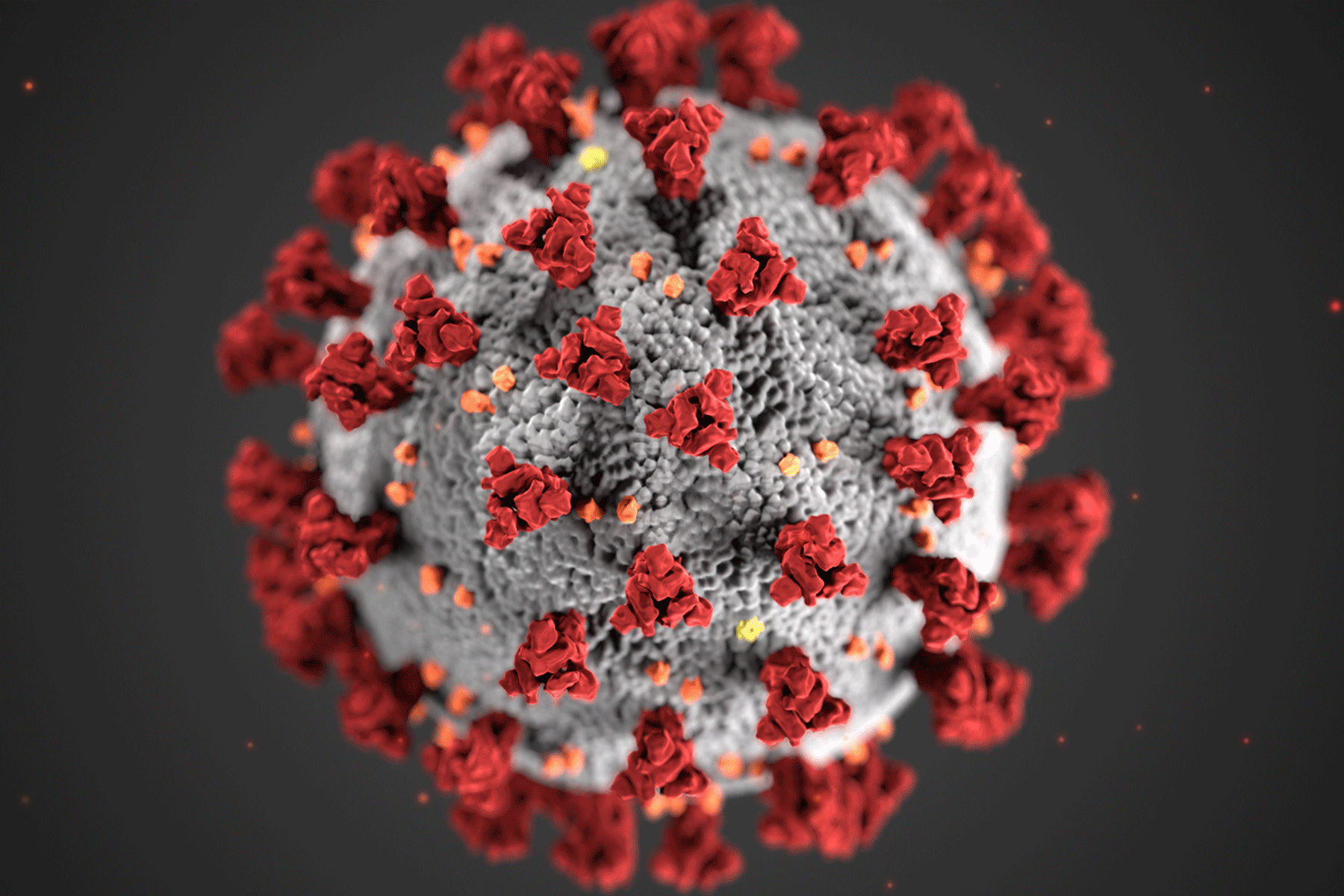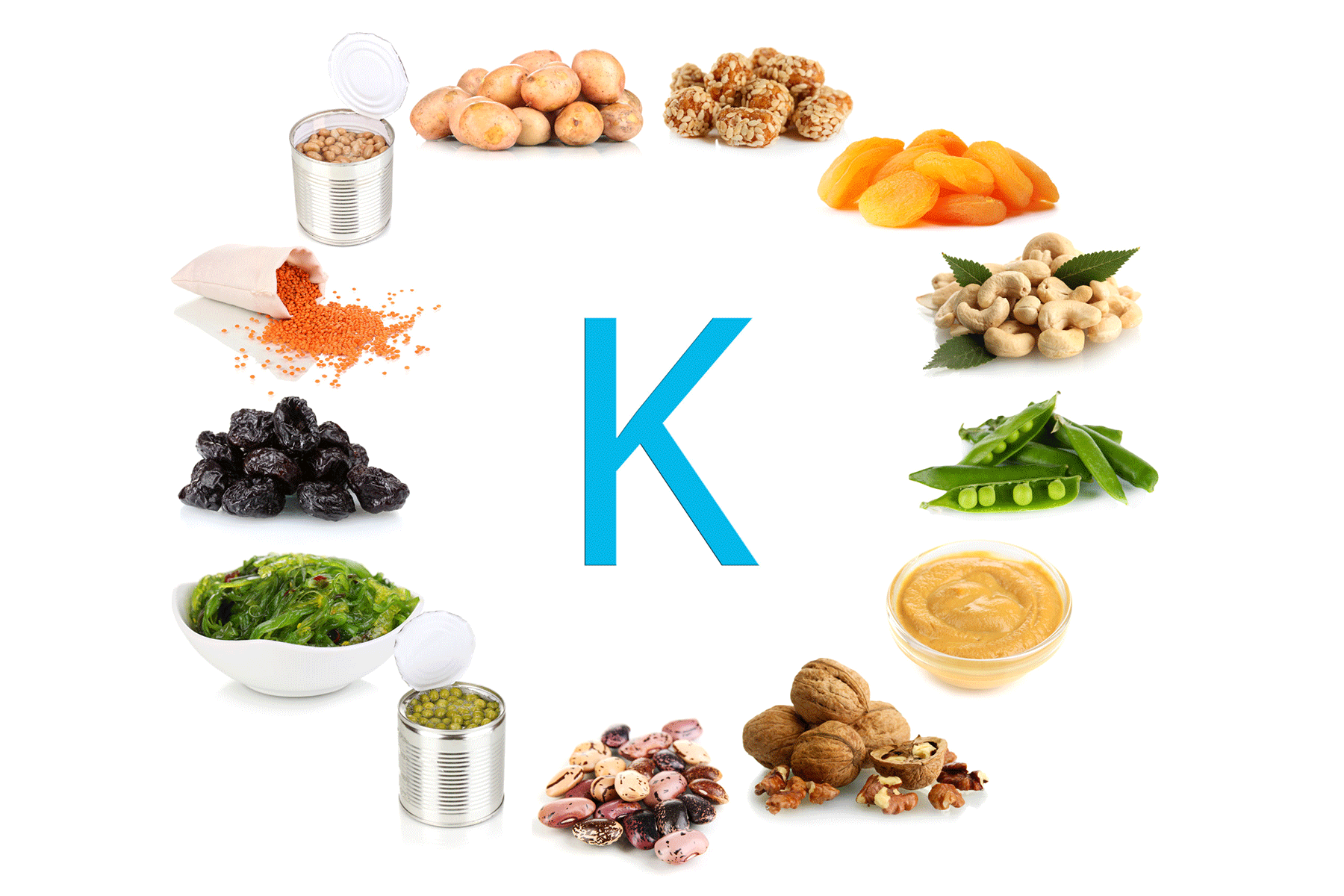Have you ever heard of dioxins? You might not recognise the name, but these chemicals can show up in something as common as your next meal. Dioxins are harmful compounds that can sneak into the food we eat, especially animal-based products like meat, fish, and dairy. They’re not added on purpose—instead, they’re unwanted by-products of industrial processes. And though they sound like something out of a science textbook, they have real-life health consequences. In this article, we’ll break down what dioxins are, how they get into our food, what makes them dangerous, and how food safety authorities are working to keep us protected.
What Are Dioxins?
Dioxins are a group of toxic chemicals that form during certain industrial processes, like waste burning, paper bleaching, and pesticide production. You can also find them in smoke from forest fires or volcanic eruptions. They’re not made on purpose, but they still end up in the environment and, eventually, in the food we eat.
What makes dioxins tricky is how long they stick around. They don’t break down easily and can stay in the air, soil, or water for years. Once they enter the food chain, they build up in animal fat and stay there, waiting for someone to eat that meat, fish, or dairy product.
Are Dioxins Really in Our Food?
Yes, unfortunately. Most people get exposed to dioxins through food. Over 90% of human exposure comes from eating animal-based foods like:
- Fatty meat
- Dairy products
- Fish and shellfish
- Eggs
Because dioxins are fat-loving, they collect in fatty tissues. That’s why foods with more fat usually have higher levels of dioxins. You won’t see “dioxins” listed on any food label, but they can still be there. They’re invisible, tasteless, and can only be detected through specialised testing in labs.
Why Are Dioxins Dangerous?
Even in very small amounts, dioxins can cause serious harm. Scientists consider them some of the most toxic substances out there. The most toxic dioxin, called TCDD, is a known human carcinogen.
Long-term exposure to these chemicals can lead to:
- Cancer
- Hormone imbalance
- Immune system damage
- Reproductive and developmental issues
- Skin problems like chloracne
- Liver damage
Because they build up in fat over time, your body doesn’t get rid of them quickly. So even tiny amounts can add up, especially if you eat a lot of high-fat animal products over many years.
What Are the Safety Limits?
Different countries set different safety limits to control how much dioxin people can safely consume. Here are a few key examples:
- The World Health Organization (WHO) sets a tolerable intake of 1 to 4 picograms per kilogram of body weight per day.
- The European Union (EU) has strict maximum levels for dioxins in meat, milk, eggs, and animal feed.
- In the United States, the EPA monitors environmental sources of dioxins, while the FDA oversees dioxin levels in food.
In India, FSSAI has not yet published its specific limits for dioxins, but it follows international guidance and conducts periodic testing on food products, especially imports.
How Are Dioxins Regulated?
Governments and food safety bodies work hard to reduce dioxins in food. They take steps like:
- Controlling industrial emissions from factories and waste incinerators
- Testing animal feed and food products for contamination
- Banning or restricting harmful chemicals that may create dioxins
- Educating food businesses on safe practices
In countries with strong food safety systems, dioxin levels in food have gone down over the past few decades. But because these chemicals stay in the environment for so long, eliminating them is nearly impossible.
What Can You Do to Stay Safe?

You don’t need to panic, but it’s good to make small changes that lower your risk of dioxin exposure. Here are some tips:
- Trim the fat from the meat before cooking
- Choose lean meat and low-fat dairy
- Eat a balanced diet with plenty of fruits and vegetables
- Avoid burning waste or plastics at home, which can release dioxins
Diversifying your diet is also key. If you eat too much of one food source—especially high-fat animal products—you could take in more dioxins than necessary. So, variety is your friend!
Final Thoughts
Dioxins might sound scary, and they are dangerous in high amounts. But thanks to growing awareness, stricter rules, and better monitoring, food safety authorities are doing their part to reduce the risk. As a consumer, you can help too, by making informed food choices and understanding where these hidden chemicals come from.
In the end, it’s about balance. You don’t need to avoid animal products completely, but being mindful of what you eat—and how it’s produced—can go a long way in protecting your health.
 Food Manifest
Food Manifest 